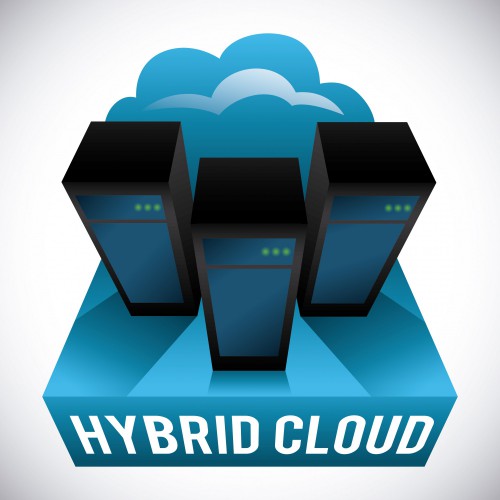Surviving in the Public IaaS Cloud Market
 If we look at market growth rates and the concentration of power within a handful of providers, using the terminology coined by Geoffrey Moore, it could easily be argued that the public IaaS cloud market is in the tornado and approaching Main Street. Despite a lack of publicly available market share data, for many in the industry, it seems like a two or three-player race, with one clear “gorilla”: Amazon Web Services (AWS).
If we look at market growth rates and the concentration of power within a handful of providers, using the terminology coined by Geoffrey Moore, it could easily be argued that the public IaaS cloud market is in the tornado and approaching Main Street. Despite a lack of publicly available market share data, for many in the industry, it seems like a two or three-player race, with one clear “gorilla”: Amazon Web Services (AWS).
In this article I will attempt to briefly characterize the competitive positioning of the key players in the public IaaS market, and highlight some of the alternative strategies used by other providers to carve their own niches. The question that needs to be kept in mind is, can anyone else survive in the face of the steep competition presented by the two or three American mega-clouds?
(more…)


 Allow me to introduce a good friend,
Allow me to introduce a good friend, 


 The web is exploding with content and publications about the cloud and technology, which can make it challenging to garner attention for your own blog’s content. Consequently, we created
The web is exploding with content and publications about the cloud and technology, which can make it challenging to garner attention for your own blog’s content. Consequently, we created 
 IOD is growing and we’re looking for high quality, professional tech bloggers and writers to join the team!
IOD is growing and we’re looking for high quality, professional tech bloggers and writers to join the team!
 [GUEST POST] I started exploring the cloud computing world around 5 years ago, and I must admit that my initial understanding of the cloud was a disaster. At first, it was difficult to find a comprehensive definition, but I finally settled on one from the National Institute of Standards & Technology (NIST). It clearly defined the cloud’s attributes and models, and removed my doubts regarding what falls under the cloud umbrella. The experience that I had finding this definition made me realize that I wanted there to be an easier way for others to find it, as well. Therefore, I decided to create my own list of cloud guidelines. This was a turning point in my cloud journey, as it pushed me to teach many students and IT professionals about cloud computing.
[GUEST POST] I started exploring the cloud computing world around 5 years ago, and I must admit that my initial understanding of the cloud was a disaster. At first, it was difficult to find a comprehensive definition, but I finally settled on one from the National Institute of Standards & Technology (NIST). It clearly defined the cloud’s attributes and models, and removed my doubts regarding what falls under the cloud umbrella. The experience that I had finding this definition made me realize that I wanted there to be an easier way for others to find it, as well. Therefore, I decided to create my own list of cloud guidelines. This was a turning point in my cloud journey, as it pushed me to teach many students and IT professionals about cloud computing.


 The rapid development of SaaS applications in the cloud means more and more people, features and open source applications are combining together into one huge platform. Due to the immediacy of software development, a major challenge for software vendors is to audit changes in their application environments, such as system configurations. The problem is that any `change performed at any stage of an operation can impact other areas of an application. This digital butterfly effect can be very detrimental in today’s fast-paced, on-demand environment. It becomes even more destructive when these changes can’t be found, due to inadequate tracking. Failure to track changes, can greatly affect a company’s revenues and success.
The rapid development of SaaS applications in the cloud means more and more people, features and open source applications are combining together into one huge platform. Due to the immediacy of software development, a major challenge for software vendors is to audit changes in their application environments, such as system configurations. The problem is that any `change performed at any stage of an operation can impact other areas of an application. This digital butterfly effect can be very detrimental in today’s fast-paced, on-demand environment. It becomes even more destructive when these changes can’t be found, due to inadequate tracking. Failure to track changes, can greatly affect a company’s revenues and success.


